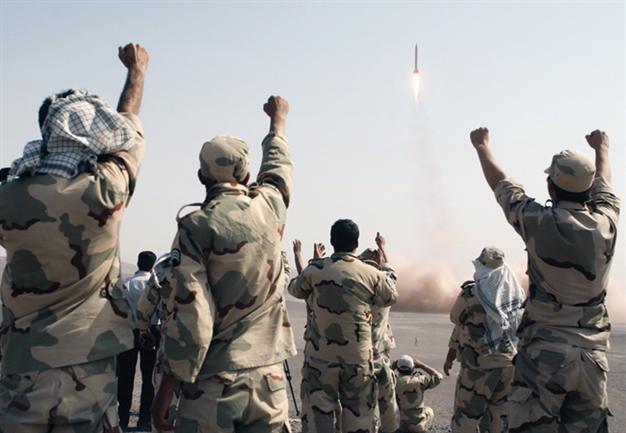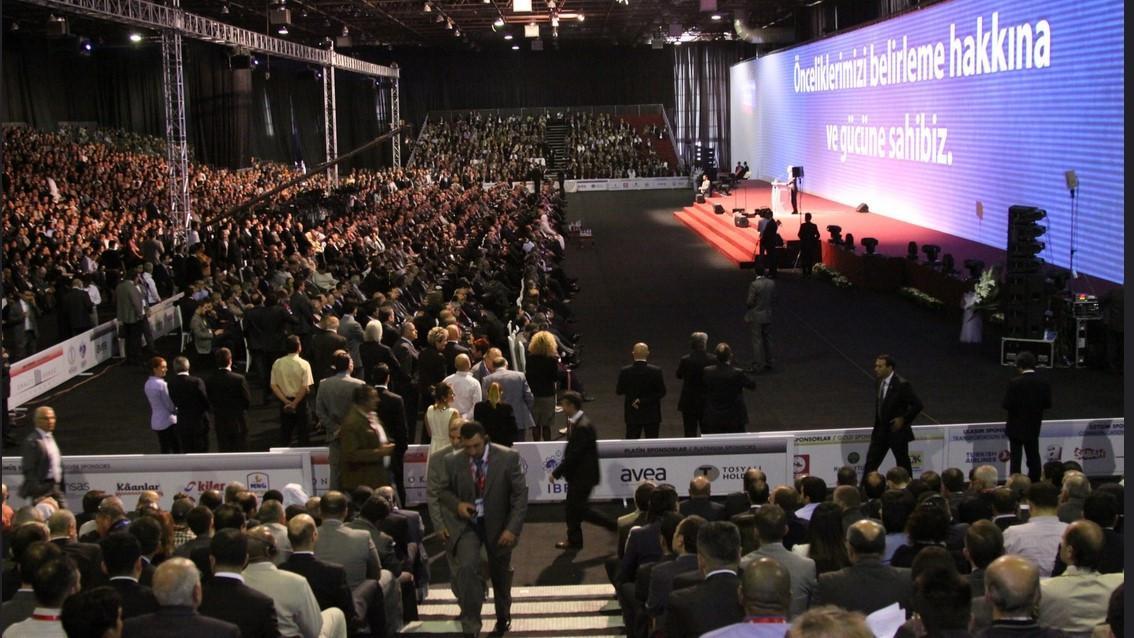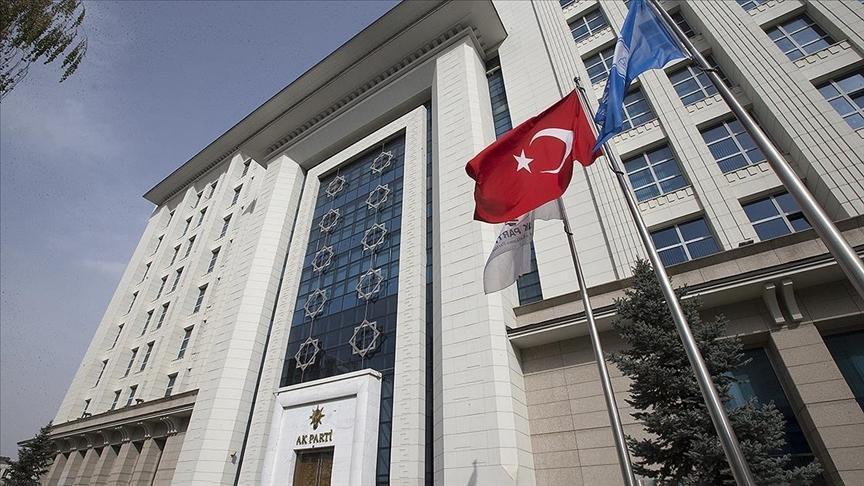Iran, US flex muscles in Gulf amid ongoing nuclear talks
ISTANBUL - Anatolia News Agency

Members of the Iranian Revolutionary Guard celebrate after launching a missile during their maneuver in an undisclosed location in Iran. Iran tests a long-range missile that can hit Israel. AP photo
Iran and the United States have underlined their military readiness for conflict should faltering diplomacy over Tehran’s nuclear activities fail amid rising tensions over tougher Western sanctions.Iran test-fired missiles yesterday into its central desert region in war games dubbed “Grand Prophet 7,” which was meant to simulate counter-attacks on U.S. military bases in Afghanistan and other neighboring countries, possibly including Israel. “It’s a reaction to those who are politically discourteous to the Iranian people by saying ‘all options are on the table,’” said the second-in-command of the Revolutionary Guards, Gen. Hossein Salami.
The launches included a Shahab-3 ballistic missile, which has a maximum range of 2,000 kilometers, enough to reach Israel. Israel is about 1,000 kilometers away from Iran’s western borders, while the U.S. Navy’s Fifth Fleet is based in Bahrain, around 200 kilometers from Iranian shores in the Persian Gulf.
Some 120 lawmakers in Iran’s 290-seat Parliament have also signed on to a draft bill calling for the strategic Strait of Hormuz at the entrance to the oil-rich Gulf to be closed to oil tankers headed to Europe in retaliation for an EU embargo on Iranian crude that came into effect on July 1.
‘Don’t even think about it’
Countering Iran, U.S. officials detailed a quiet U.S. military build-up in the Gulf region that includes the deployment of warships and F-22 stealth fighter jets.
U.S. officials responded to the announcement of the Iranian maneuvers with comments to The New York Times newspaper, stressing that Washington would act immediately if Iran closes the Strait of Hormuz.
“The message to Iran is, ‘Don’t even think about it,’” the daily quoted a senior Defense Department official as saying on condition of anonymity. “Don’t even think about closing the strait. We’ll clear the mines. Don’t even think about sending your fast boats out to harass our vessels or commercial shipping. We’ll put them on the bottom of the Gulf.”
Citing a senior administration official, the report stated that the deployment of a number of fighter jets capable of striking deep into Iranian territory was partly to reassure Israel that the U.S. is taking the Iranian threat seriously.
“When the president says there are other options on the table beyond negotiations, he means it,” the report quoted the official as saying.
The report identified a number of visible elements of the U.S. buildup in the Gulf, including sending increasing numbers of aircraft, including the F-22 Raptor, which boasts stealth capabilities, to two separate bases in the Persian Gulf. The planes join jets and carrier strike groups already in the area.
According to the report, the U.S. Navy has also been sending advanced ships capable of enhancing the country’s ability to patrol the strait and of reopening the waterway should Iran try to block shipping. In addition, the Navy sent a converted amphibious transport and docking ship and doubled the number of minesweepers assigned to the region.
More than a third of the world’s seaborne oil exports pass through the narrow Strait of Hormuz from the oilfields of Saudi Arabia, Iran, Kuwait, Iraq, the United Arab Emirates and Qatar.
















